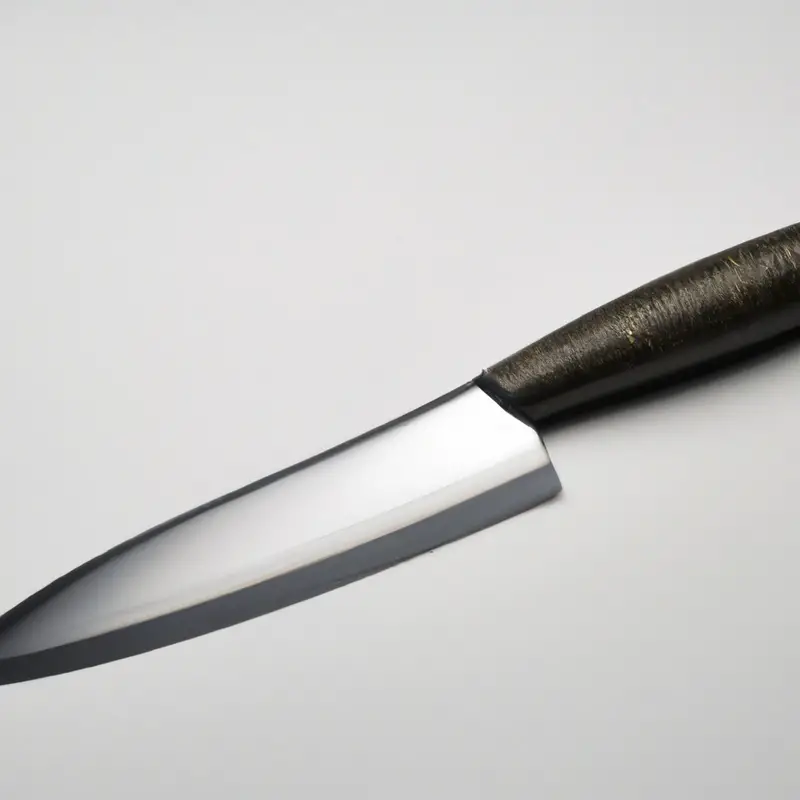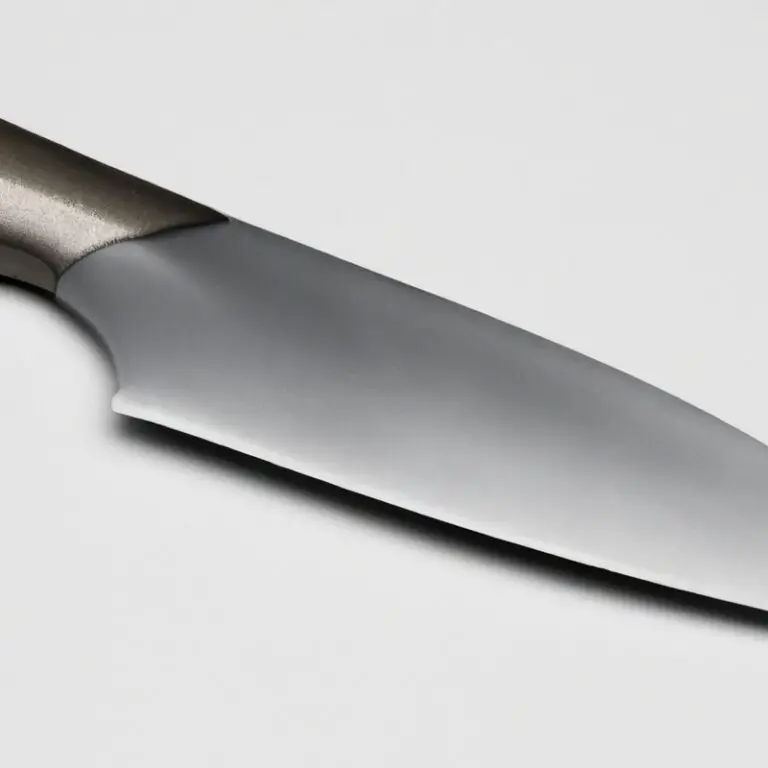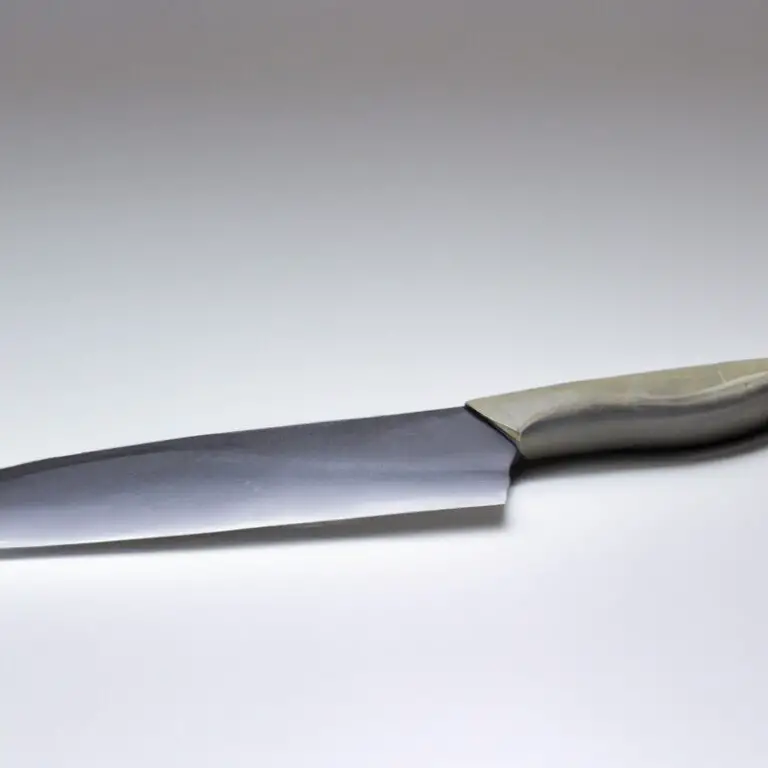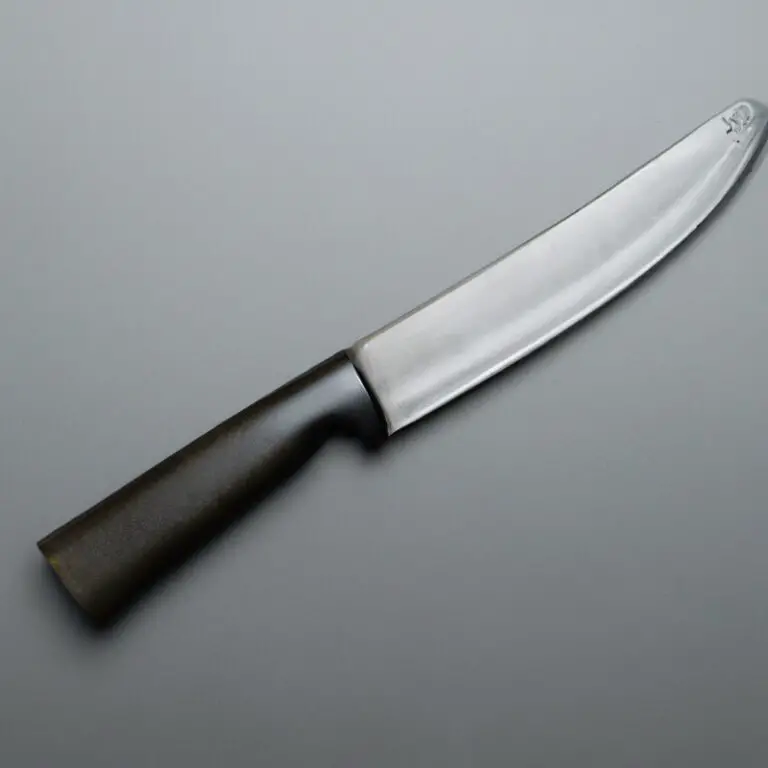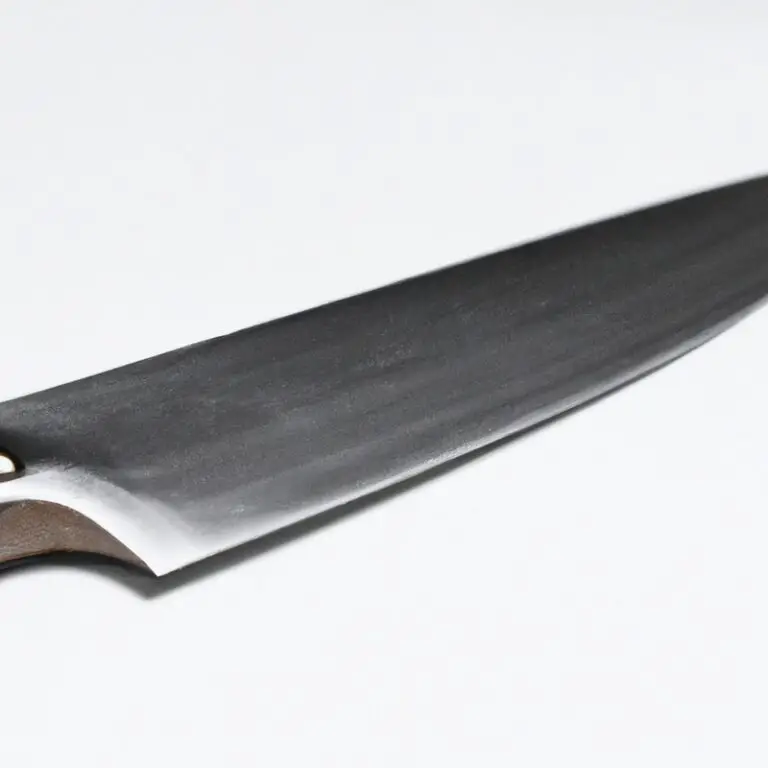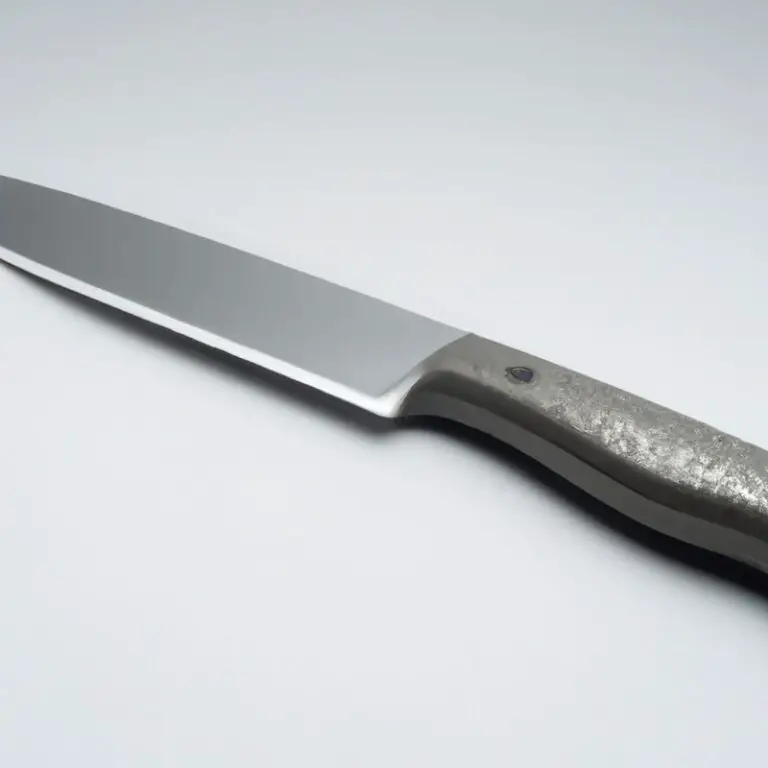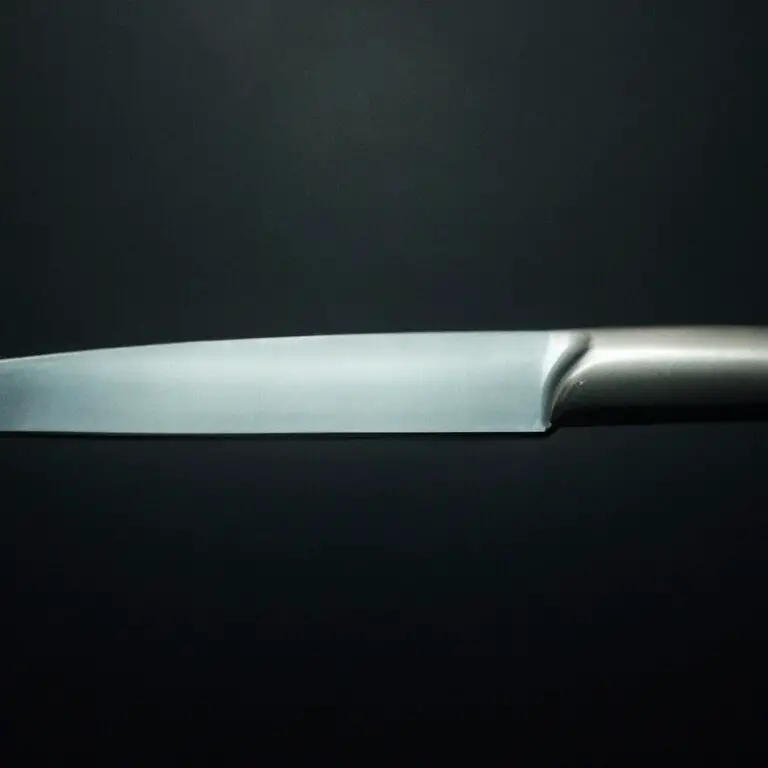How To Identify a High-Quality Gyuto Knife? – Expert Tips
Key Takeaways:
- Look for quality materials such as high-carbon steel and full-tang construction to ensure durability and balance in a Gyuto knife.
- A sharp edge and comfortable grip are crucial indicators of a high-quality Gyuto knife, allowing for precise cuts and reduced hand fatigue.
- Pay attention to the blade’s curvature and tip shape to determine its intended use, and choose a knife that suits your specific cutting needs.
- Consider factors such as brand reputation, customer reviews, and overall craftsmanship when evaluating the quality of a Gyuto knife.
Have you ever wondered what sets a high-quality Gyuto knife apart from the rest? As a kitchen enthusiast myself, I know all too well the frustration of investing in a low-quality knife that fails to deliver both sharpness and durability.
In this article, we’ll guide you through the essential factors to consider when selecting a high-quality Gyuto knife, from the anatomy of the blade to handle design and ergonomics.
You’ll learn how to spot counterfeit knives, determine the level of hardness, and test for balance and weight. Join us as we dive into the world of Gyuto knives and discover the value of investing in a well-crafted tool that will last a lifetime.
| Criteria | Description |
|---|---|
| Material | The blade should be made of high-quality steel, such as VG-10 or SG-2, which is durable, rust-resistant, and holds a sharp edge. |
| Construction | A full tang construction, where the blade extends to the end of the handle, provides stability and balance. |
| Sharpness | The blade should be sharp enough to effortlessly glide through meat and vegetables, and maintain its edge. |
| Handle | The handle should be comfortable to grip, made of durable and non-slip materials such as wood, resin, or Micarta, and securely attached to the blade. |
| Weight | The weight of the knife should feel balanced in your hand and not too heavy or too light. |
| Brand | Quality brands, such as Shun, Miyabi, or Masamoto, have a reputation for producing high-quality Gyuto knives. |
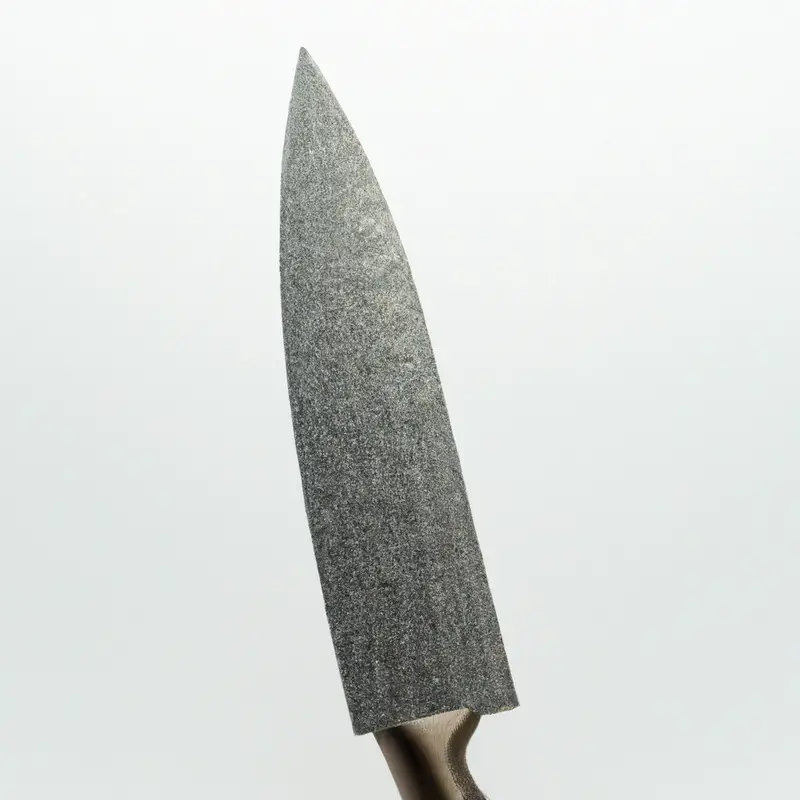
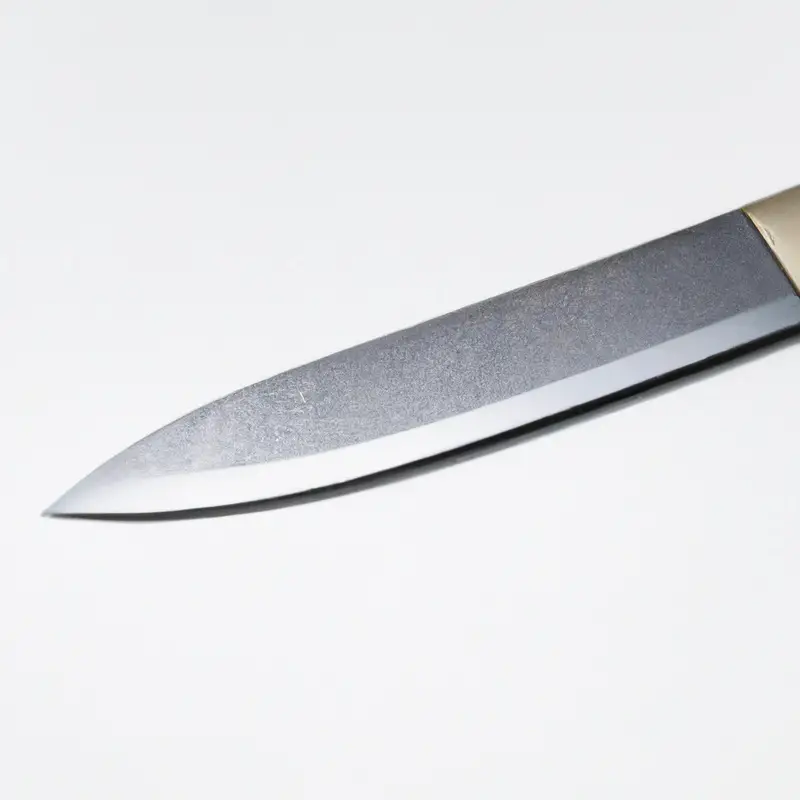
Understanding the anatomy of a Gyuto knife: A beginner’s guide
Understanding the anatomy of a Gyuto knife is essential for selecting a high-quality blade. The Gyuto knife has a flat profile edge and a curved tip, making it an excellent all-purpose chef’s knife.
The blade is usually made of high-carbon steel or stainless steel and has a sharp angle of 15 to 18 degrees.
The blade length ranges from 7 to 10 inches, with a handle that is ergonomically designed for a comfortable grip. It is important to consider the blade material, blade thickness, handle design, and balance when selecting a Gyuto knife.
Understanding these factors will ensure the knife’s durability, strength, and efficiency.
The importance of blade material and construction for a high-quality Gyuto knife
Blade material and construction are crucial factors in determining the quality of a Gyuto knife. A high-quality blade is typically made from high-carbon stainless steel or Damascus steel, which offers excellent edge retention and resistance to corrosion.
The construction of the blade, such as the hardness, thickness, and geometry, also affects its performance.
A proper tang that extends into the handle is necessary for blade stability and durability. A well-constructed blade with a high-quality material ensures a sharp, balanced, durable, and long-lasting Gyuto knife.
How different blade shapes affect the performance of a Gyuto knife
Different blade shapes can affect the performance of a Gyuto knife. The primary blade shapes for Gyuto knives are flat, convex, and concave.
Flat and convex blades are suitable for slicing and chopping, while concave blades are ideal for precise cutting and slicing through dense foods.
The curvature of the blade affects the tip’s rock and roll, which determines its ability to cut through food and maintain sharpness over time. A shallow curve is ideal for gradual rocking motion but requires frequent sharpening, while a deep curve is suitable for chopping but may require more effort when slicing.
Additionally, the length of the blade affects performance, with longer blades providing more cutting power and shorter blades ideal for precision work.
Ultimately, the blade shape should suit the intended use, with a balance of curvature and length to ensure optimal performance.
Handle design and ergonomics: Key factors for selecting a high-quality Gyuto knife
The handle design and ergonomics are crucial factors to consider when selecting a high-quality Gyuto knife. A well-designed handle provides a comfortable grip that allows for effortless cutting and reduces the risk of hand fatigue.
The handle material should be durable and non-slip, providing a secure grip even when wet.
Gyuto knives with full-tang handles offer a better balance and weight distribution, making them more comfortable to use. Additionally, handles with a curved design provide a more natural grip, reducing the risk of hand cramps and discomfort.
It’s essential to choose a handle that fits your hand size and grip style comfortably.
The handle should not be too large or too small, as this can affect the knife’s overall balance and control. Lastly, consider the handle’s aesthetics, as this can enhance the knife’s overall appeal and contribute to its value.
A well-crafted handle can add sophistication and elegance to any Gyuto knife, making it a worthwhile investment for any kitchen.
Achieving razor-sharp edges: The role of sharpening in maintaining a high-quality Gyuto knife
A key factor in maintaining a high-quality Gyuto knife is ensuring that it has a razor-sharp edge. To achieve this, sharpening is essential.
Keep in mind that each Gyuto knife has its own unique angle, so it is important to use the appropriate sharpening method to maintain its edge.
Traditional honing with a whetstone is the most common method of sharpening Gyuto knives. It is important to remember not to use excessive force when sharpening, as it can lead to damage.
Additionally, using a honing rod for honing in between sharpening sessions can help maintain the knife’s edge.
Regular sharpening will not only ensure a sharper blade but also increase the lifespan of your high-quality Gyuto knife.
Testing the balance and weight of a Gyuto knife: Indicators of quality and durability
Testing the balance and weight of a Gyuto knife is crucial in determining its quality and durability. A well-balanced knife is essential for precision cutting and reduces the risk of hand fatigue.
A quality Gyuto knife should feel comfortable and balanced in your hand, allowing you to use it for an extended period without discomfort.
To test the balance, hold the knife by the handle and see if it feels evenly distributed. A knife that feels heavier towards the front or handle may indicate poor balance.
Additionally, the weight of the knife should match your cutting needs.
A heavy Gyuto knife can offer better control, while a lighter one may be easier to handle for hours of use. It’s crucial to consider your preference and cutting style when selecting a Gyuto knife that feels well-balanced and has suitable weight.
The impact of heat treatment on the durability and strength of a Gyuto knife
Heat treatment is a key factor influencing the durability and strength of a Gyuto knife. Heat treatment is used to harden the blade, giving it the ability to hold a sharp edge for an extended period.
If the blade is not heat-treated correctly or not at all, the blade will be soft and unable to retain a sharp edge.
The heat treatment process typically involves heating the metal to a specific temperature and then rapidly cooling it in a process called quenching. After quenching, the blade is heated again to a lower temperature and held there for a specific period to temper the metal, which increases its toughness and reduces its brittleness.
Different types of steel require different heat treatment methods, and the quality of the finished product can depend on the skill of the manufacturer.
A poorly heat-treated blade will not last long and will likely crack or chip, even under moderate use. To ensure that a Gyuto knife is of high quality and will last a long time, consider purchasing from a reputable brand that uses high-quality steel and has a reputation for quality heat treatment processes.
Avoid low-cost options, as they may be made from inferior materials and are likely to perform poorly.
How to determine the level of hardness for a high-quality Gyuto knife
The level of hardness in a Gyuto knife is measured using the Rockwell hardness scale. A high-quality Gyuto knife typically has a hardness of 59-64 HRC.
To determine the knife’s hardness, you can consult the manufacturer’s specifications or use a Rockwell hardness tester.
The higher the HRC value, the harder the blade, making it more resistant to wear and tear. However, keep in mind that excessively hard knives can also make sharpening more difficult and brittle blades more prone to chipping.
Therefore, it’s essential to find a balance between hardness and durability.
In summary, to determine the level of hardness, check the manufacturer’s specifications or use a Rockwell hardness tester and aim for a range of 59-64 HRC for a high-quality Gyuto knife.
Spotting counterfeit Gyuto knives: Tips to avoid buying low-quality imitations
Spotting counterfeit Gyuto knives is essential to avoid buying low-quality imitations. Some tips to identify a genuine Gyuto knife are:
- Buy from authorized dealers and reputed brands only.
- Research the product and check the specifications carefully before purchasing.
- Look for original markings, logos, and serial numbers on the product.
- Pay attention to the weight and balance of the knife; it should feel comfortable in hand.
- Check the blade’s curvature, thickness, and sharpness. It should be uniform and free of any blemishes.
- Avoid purchasing knives with suspiciously low prices or unrealistic deals.
- Always inspect the packaging and check for any visible signs of tampering.
- If you’re unsure about the product’s authenticity, consult an expert for a second opinion.
By following these tips, you can ensure that you are buying a high-quality and genuine Gyuto knife that will serve you well for years to come.
The value of a well-crafted Gyuto knife: Investing in quality for long-term use
Investing in a high-quality Gyuto knife is a wise decision for anyone who values precision and efficiency in the kitchen. A well-crafted Gyuto knife can last a lifetime when properly cared for, making it a worthwhile investment for serious home cooks and professionals alike.
While the initial cost of a high-quality Gyuto knife may be higher than that of a lower-quality option, the long-term value cannot be understated.
A high-quality Gyuto knife is more durable, maintains its sharpness for longer periods, and offers a level of precision that cannot be found in cheaper options. Ultimately, investing in a quality Gyuto knife is an investment in your skills, your efficiency, and your passion for cooking.
Final Verdict
Choosing a high-quality Gyuto knife is crucial for any serious home cook or professional chef. By understanding the anatomy, blade material, construction, and handle design, you can select a knife that fits your specific needs and preferences.
Achieving sharp edges, testing balance and weight, and identifying counterfeit knives are all essential elements of investing in a well-crafted Gyuto knife.
Remember, a high-quality Gyuto knife is an investment in your cooking skills and should be treated as such. By carefully selecting a knife that meets your needs, you can enjoy the benefits of a durable and reliable tool for years to come.
Trust in the information presented here and rest assured that with the right knowledge, you can confidently identify and invest in a high-quality Gyuto knife that will serve you well in the kitchen.

